Ancient Nubia, a land south of Egypt along the Nile River, holds a fascinating and complex relationship with its northern neighbor. For millennia, Nubia served as both a source of resources and a conquered territory to the Egyptians, oscillating between periods of independence and subjugation. However, this wasn't simply a story of domination. During certain eras, particularly the Third Intermediate Period and the Late Period, the Kingdom of Kush, centered in Meroë, developed a unique and remarkably sophisticated culture that was deeply influenced, yet distinctly transformed, by Egyptian traditions. This convergence of cultures yielded a remarkable artistic legacy, demonstrating a fascinating process of adaptation and innovation. Understanding this interplay provides crucial insight into the broader dynamics of the ancient world.
The cultural exchange between Egypt and Nubia wasn’t a simple one-way street. Kushite rulers, often identifying themselves as pharaohs and consciously imitating Egyptian institutions and iconography, actively sought to legitimize their rule and project an image of power and stability. This involved adopting Egyptian art styles, religious beliefs, and administrative practices, resulting in a vibrant hybrid culture that blended Nubian and Egyptian elements. The result was a period of artistic innovation characterized by a unique aesthetic that continues to intrigue scholars today. This article will delve into the specific ways in which the Kushites adapted Egyptian artistic forms, exploring the key influences and the resulting distinctive Kushite style.
The Early Adoption of Egyptian Iconography
Early Kushite interactions with Egypt saw a relatively conservative approach to adopting Egyptian iconography. Initially, the Kushite elite closely mirrored Egyptian royal representations, utilizing similar poses, clothing, and headdresses. However, these early depictions lacked the same level of detail and refinement as those produced in Egypt itself. The materials used – often local granite and diorite – were less impressive than the polished limestone prevalent in Egyptian art. Furthermore, the faces of Kushite rulers, while intended to resemble Egyptian pharaohs, often appeared stiff and somewhat lacking in individual expression.
This initial imitation stemmed from a desire to establish legitimacy and demonstrate cultural affinity with Egypt. Kushite kings, particularly in the First Intermediate Period, sought to demonstrate their ability to rule effectively by presenting themselves as worthy successors to the Egyptian pharaohs. The stylistic limitations reflected a relatively nascent artistic tradition within Kush, still developing its own distinct voice. It's important to note that this early adoption wasn't simply copying; it represented an attempt to learn and then adapt Egyptian visual language to their own circumstances. The overall goal was to project an image of established authority.
The Rise of Royal Portraiture and Detail
As Kushite power grew, particularly under King Piye and his successors, the style of royal portraiture underwent a significant transformation. Kushite artists began to incorporate greater detail and realism, drawing upon Egyptian techniques to create more nuanced and expressive depictions of their rulers. The incorporation of individualized facial features – such as distinct noses and eye shapes – moved away from the generalized, somewhat uniform appearances seen earlier. The use of cherti – a local form of engraving – allowed for intricate details, showcasing a growing mastery of the medium.
This shift indicates a growing confidence and artistic sophistication within Kushite society. The increased detail suggests a deeper engagement with Egyptian artistic conventions and a deliberate effort to elevate the status of the Kushite rulers. Importantly, Kushite portraiture retained key elements of Egyptian artistic ideology – the emphasis on the divine nature of the king – but infused them with a distinctly Nubian sensibility. The faces now conveyed a sense of strength and regal presence, reflecting the aspirations of the Kushite elite.
Temple Architecture and the Influence of Karnak
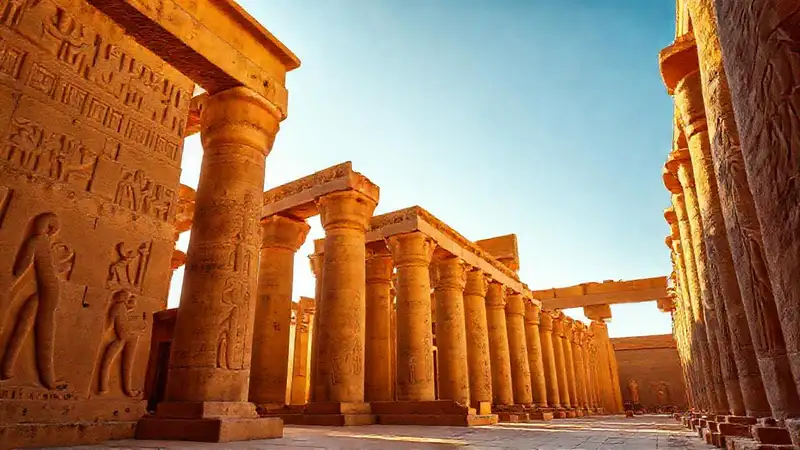
The Kushite adoption of Egyptian architectural styles is perhaps most evident in their construction of monumental temples, particularly in Meroë and Niyere. The Kushite temples, like those at Karnak in Egypt, were typically built on a grand scale, featuring towering pylons, hypostyle halls filled with columns, and sanctuaries adorned with elaborate reliefs. However, Kushite temple design also incorporated unique elements, such as the use of acacia wood for roofing and the incorporation of local Nubian materials like sandstone and granite.
The Kushites frequently copied the layout and iconography of Egyptian temples, particularly those at Karnak, demonstrating a deep understanding of Egyptian architectural principles. Yet, they also adapted these elements to suit their own aesthetic preferences and religious beliefs. For instance, Kushite sanctuaries often featured a prominent dromos – a raised pathway leading to the inner sanctuary – a feature less commonly emphasized in Egyptian temple design. This fusion of Egyptian and Nubian architectural styles created a distinctive hybrid character, signaling Kushite power and religious devotion.
The Decorative Arts: Jewelry and Reliefs
Beyond monumental architecture, Kushite artistic innovation flourished in the realm of decorative arts, notably in jewelry and carved reliefs. Kushite jewelry, often crafted from gold, silver, and precious stones, displayed a remarkable imitation of Egyptian designs, including scarabs, amulets, and elaborate necklaces. However, Kushite jewelry frequently incorporated uniquely Nubian motifs, such as depictions of crocodiles and hippopotamuses, reflecting the importance of these animals in Nubian culture and beliefs. The craftsmanship exhibited was incredibly advanced, demonstrating a mastery of intricate metalworking techniques.
Similarly, Kushite relief carvings, employed to decorate temple walls and tombs, showcased a consistent engagement with Egyptian relief conventions – profiles and hierarchical scale. However, Kushite reliefs often presented narratives and scenes with a distinct Nubian perspective, frequently depicting Kushite rulers engaging in military campaigns or participating in Nubian religious rituals. The use of color, though somewhat faded over time, provided vibrant details, showcasing a sophisticated understanding of pigment application – a significant element of Egyptian artistic tradition.
Conclusion
The Kushite adaptation of Egyptian artistic styles represents a remarkable case study in cultural exchange and artistic synthesis. It wasn't merely a superficial imitation but a deliberate and complex process of learning, adaptation, and ultimately, transformation. The Kushites utilized Egyptian artistic traditions as a foundation for their own creative endeavors, integrating them with their native Nubian aesthetics and beliefs to forge a distinctive artistic legacy. This period of cultural interaction enriched both Egyptian and Nubian art, offering invaluable insights into the dynamics of ancient civilizations.
Ultimately, the Kushite engagement with Egypt demonstrates the fluidity of cultural boundaries and the power of artistic influence. By studying the Kushite artistic adaptation, we gain a deeper understanding not only of the Kingdom of Kush itself, but also of the wider world of the ancient Mediterranean and African regions – highlighting the interconnectedness of cultures and the enduring legacy of artistic innovation.
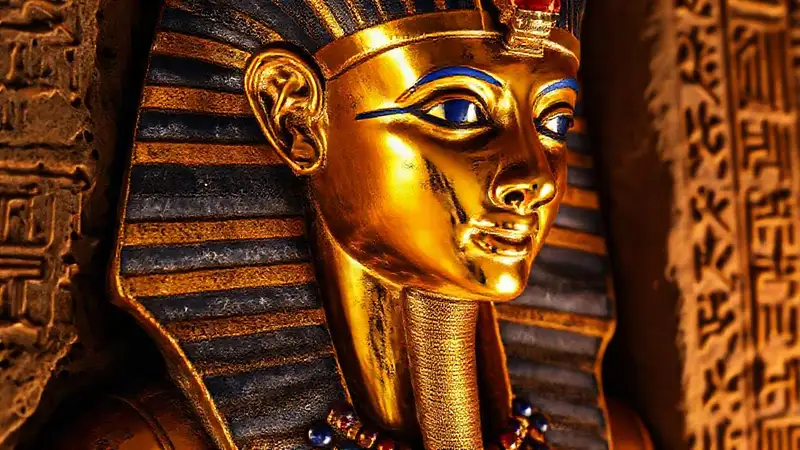 What were the characteristics of Egyptian jewelry and adornments
What were the characteristics of Egyptian jewelry and adornments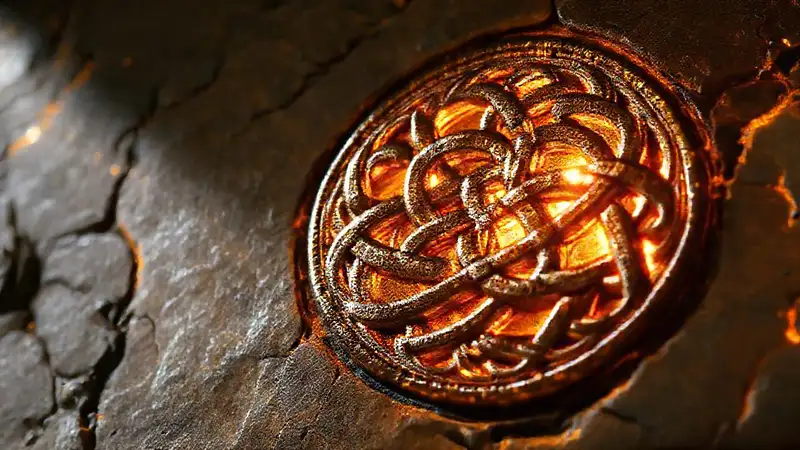 Describe the significance of Celtic knotwork designs
Describe the significance of Celtic knotwork designs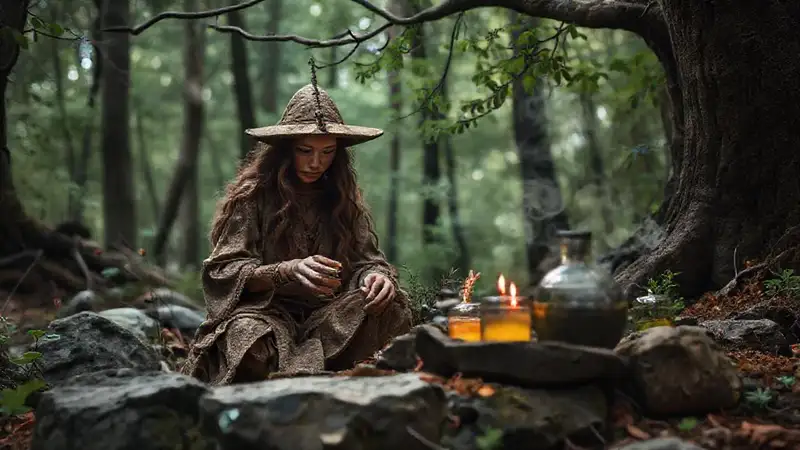 How did druids utilize herbal remedies and potions
How did druids utilize herbal remedies and potions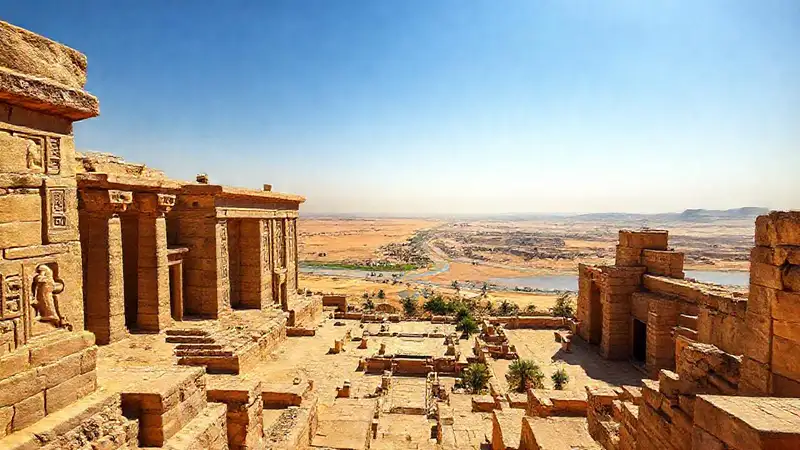 What architectural innovations did Kush inherit from Egypt
What architectural innovations did Kush inherit from Egypt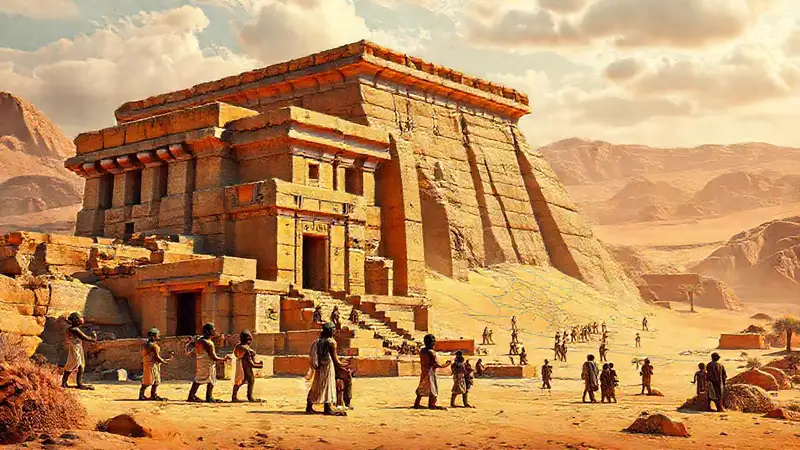 Analyze the Kushite relationship with neighboring African groups
Analyze the Kushite relationship with neighboring African groups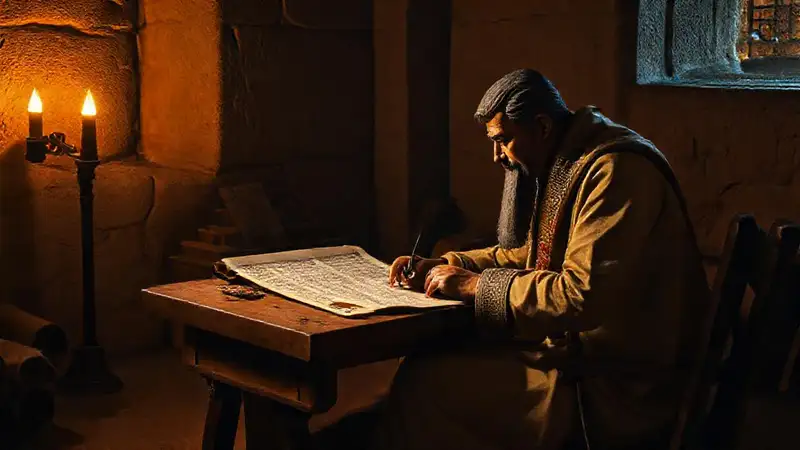 How did Kushite scribes maintain administrative records
How did Kushite scribes maintain administrative records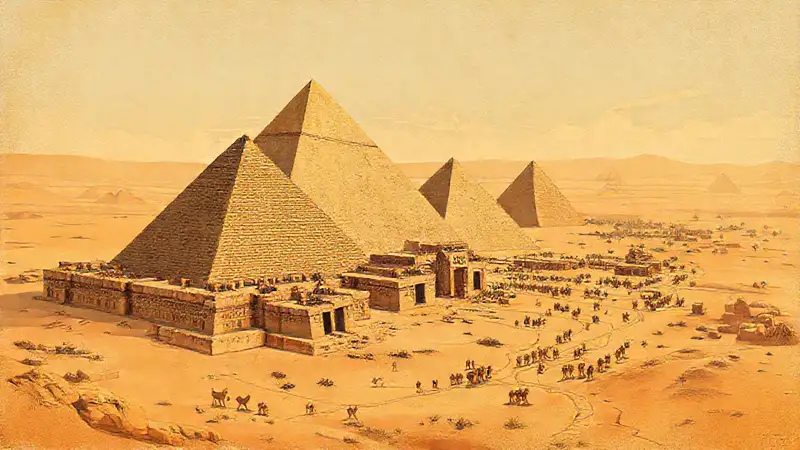 How did Nubian pyramids compare to trade routes
How did Nubian pyramids compare to trade routes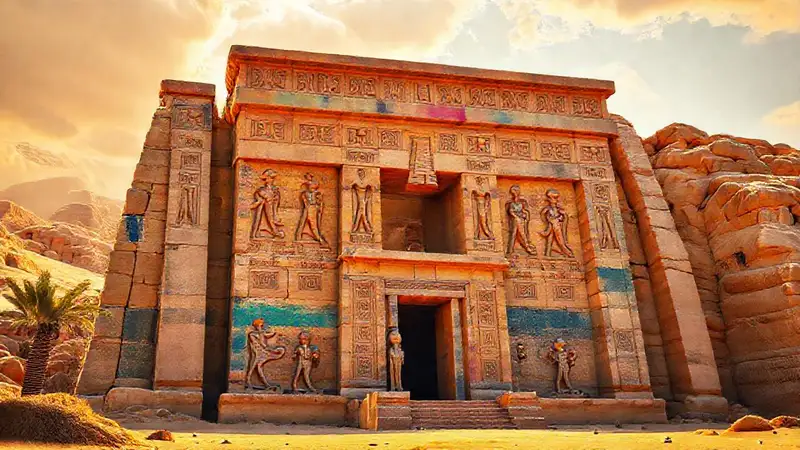
Deja una respuesta